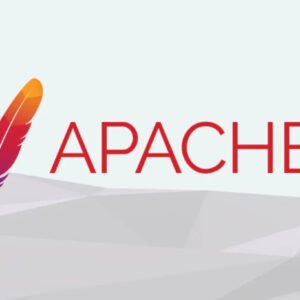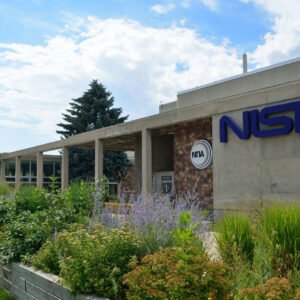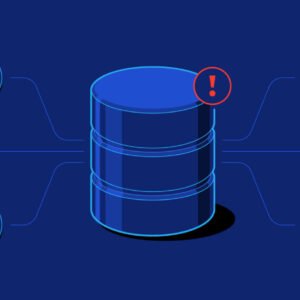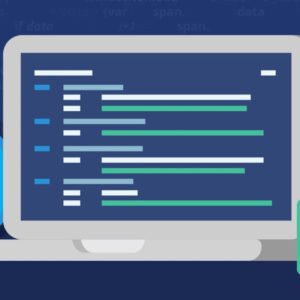
Apache HTTP Server is one of the most widely used web servers in the world. In a DevSecOps environment, securing the Apache server is essential to ensure the confidentiality, integrity, and availability of…
Read more
The National Institute of Standards and Technology (NIST) has published the final version of its Special Publication (SP) 800-82r3, Guide to Operational Technology (OT) Security. This document provides comprehensive guidance on how to…
Read more
HTML, or HyperText Markup Language, has evolved significantly since its inception in the late 1980s. It has undergone several versions, each adding new features, improving functionality, and responding to the changing landscape of…
Read more
HTTP (HyperText Transfer Protocol) is the foundation of data communication on the World Wide Web. It operates using a client-server model, where a client sends requests to the server to retrieve or manipulate…
Read more
Databases are the backbone of modern information management systems, allowing businesses and organizations to store, manage, and retrieve data efficiently. There are several popular databases in the market, each with its own set…
Read more
The Apache web server, a robust and widely used software, employs a comprehensive error reporting system to help administrators and developers diagnose issues effectively. These error levels provide insights into the severity and…
Read more
ASP (Active Server Pages) has been a foundational technology for web application development for many years. While it offers great flexibility and ease of use, it’s crucial to understand and implement best practices…
Read more
PHP, short for “Hypertext Preprocessor,” is a popular server-side scripting language used by web developers to create dynamic websites and web applications. Its ease of use, flexibility, and an extensive community of developers…
Read more
Adding users to an operating system is a fundamental administrative task that allows individuals to access and utilize a computer system. Both Windows and Linux offer methods to create new users, and in…
Read more
The Offensive Security Certified Professional (OSCP) examination challenges individuals to demonstrate their skills in penetration testing and ethical hacking. Familiarity with key file paths and configurations on both Linux and Windows systems is…
Read more
In an era where web applications are omnipresent, security remains a paramount concern. Hackers continually seek vulnerabilities to exploit, making it crucial to fortify web applications from within, starting with the source code….
Read more
In the modern business landscape, where agility and accessibility are paramount, wireless data connectivity has emerged as a powerful tool. It offers a multitude of potential advantages, yet it also brings along its…
Read more
In today’s rapidly evolving digital landscape, the importance of robust information security cannot be overstated. Organizations, regardless of their size or industry, are constantly exposed to various threats and vulnerabilities that can compromise…
Read more
In the ever-evolving landscape of software development, cybersecurity has emerged as an indispensable facet, ensuring that applications are not just innovative but also safeguarded against potential threats. To fortify this line of defense,…
Read more
